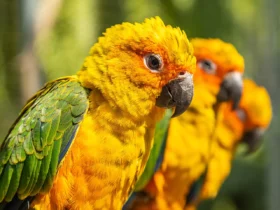In the dense and colorful tapestry of tropical rainforests, a gem of the avian world shines—the Hooded Pitta (Pitta sordida). With its striking plumage, vibrant colors, and melodic calls, this exquisite bird has captured the hearts of birdwatchers and nature enthusiasts in its native habitats across Southeast Asia and beyond. Let’s delve into the enchanting world of the Hooded Pitta and explore the remarkable qualities that make it a true jewel of the avian kingdom.
Hooded Pitta images
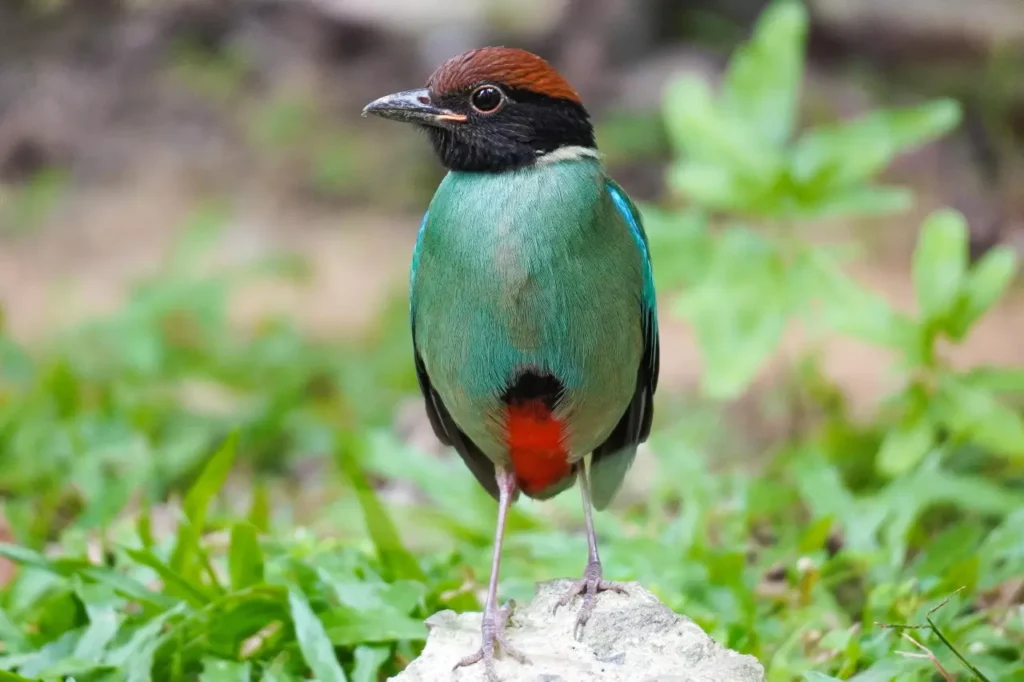
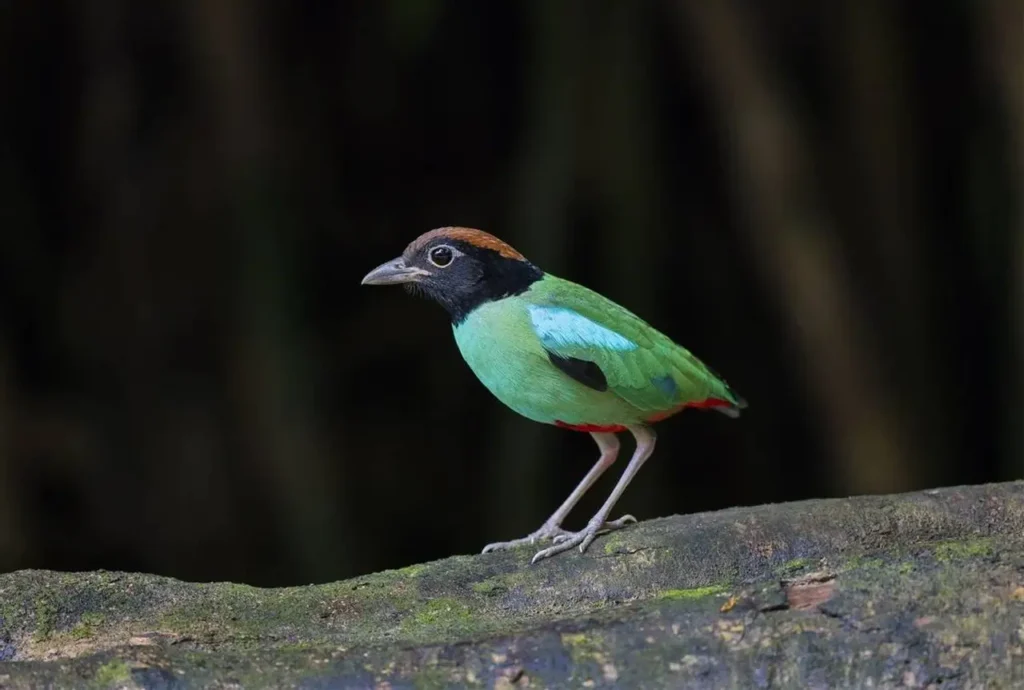
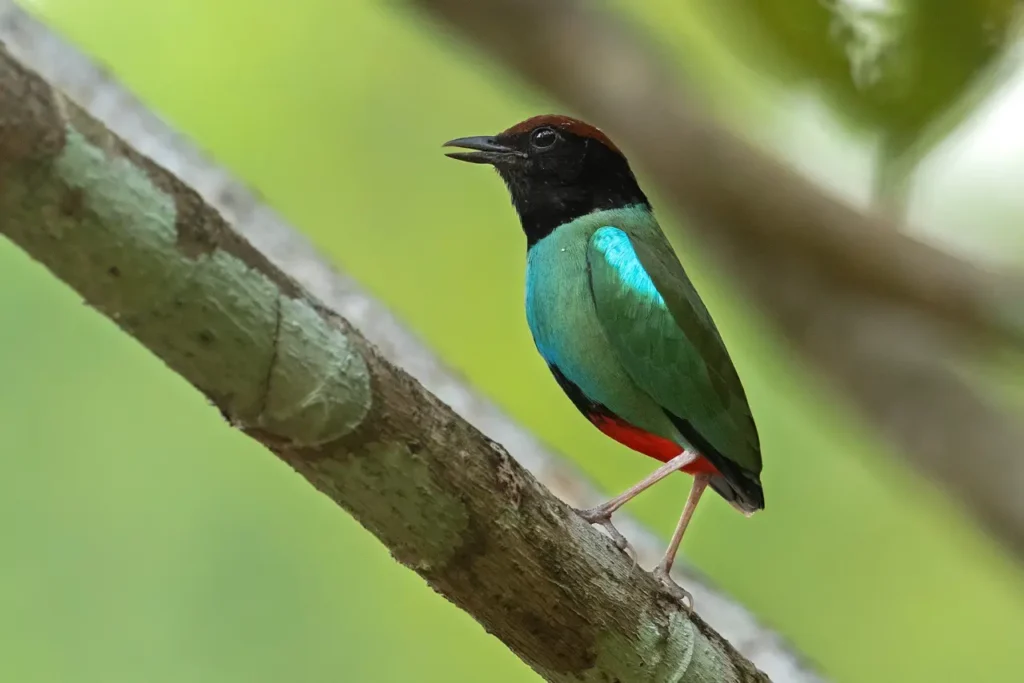
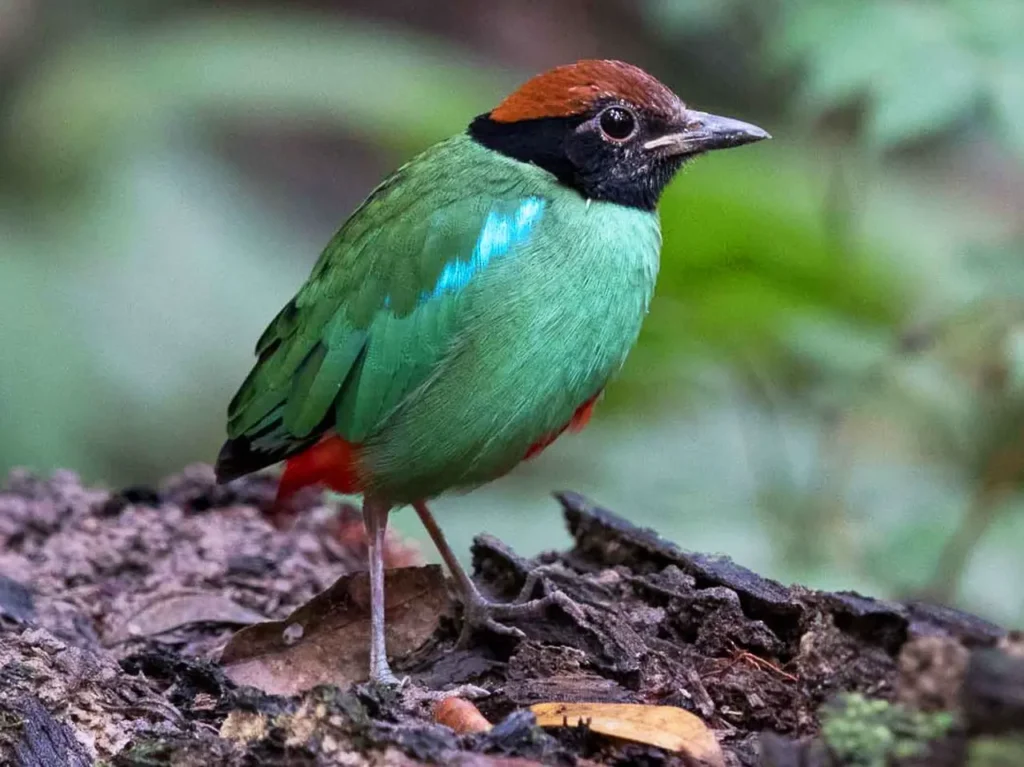
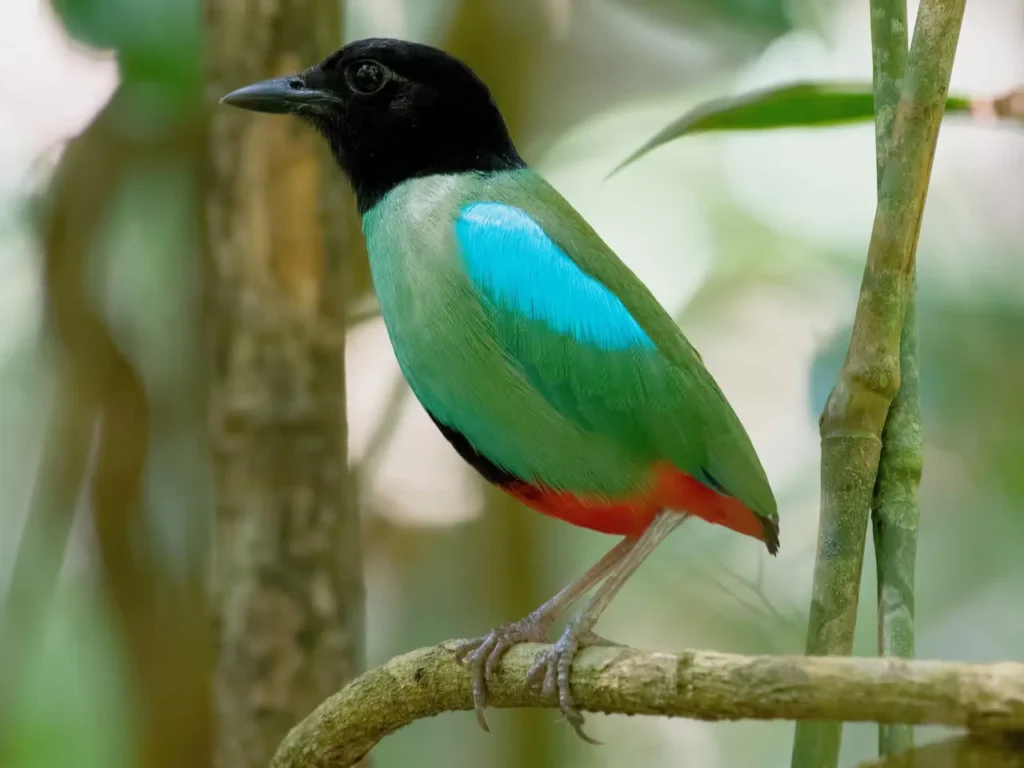
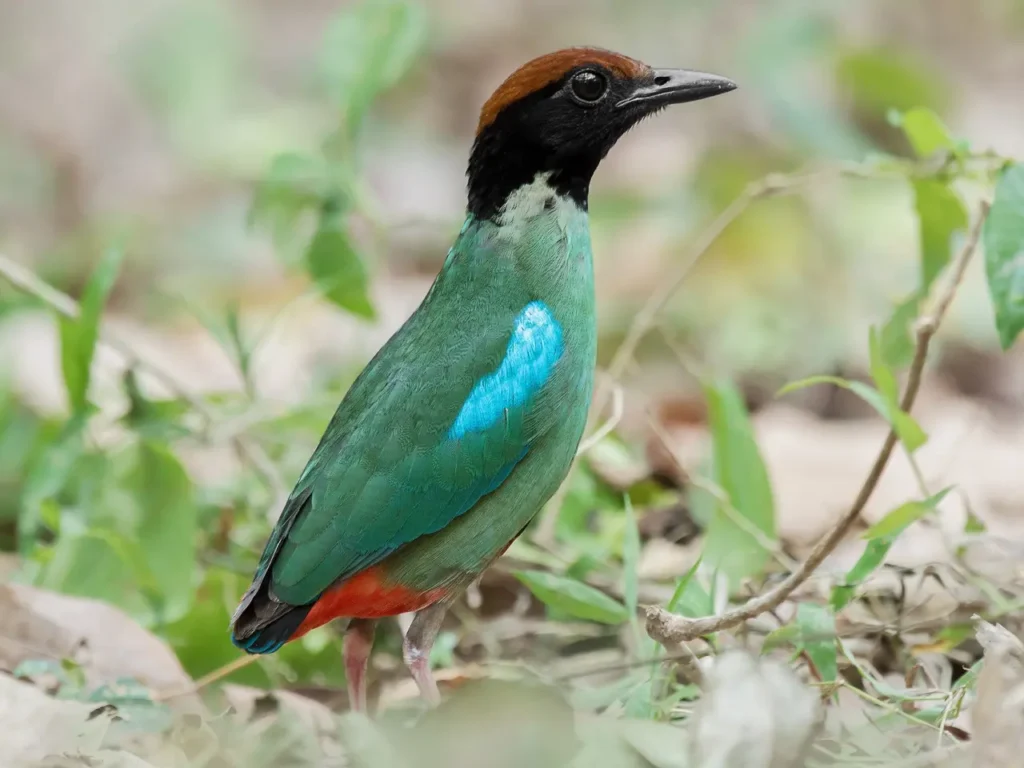
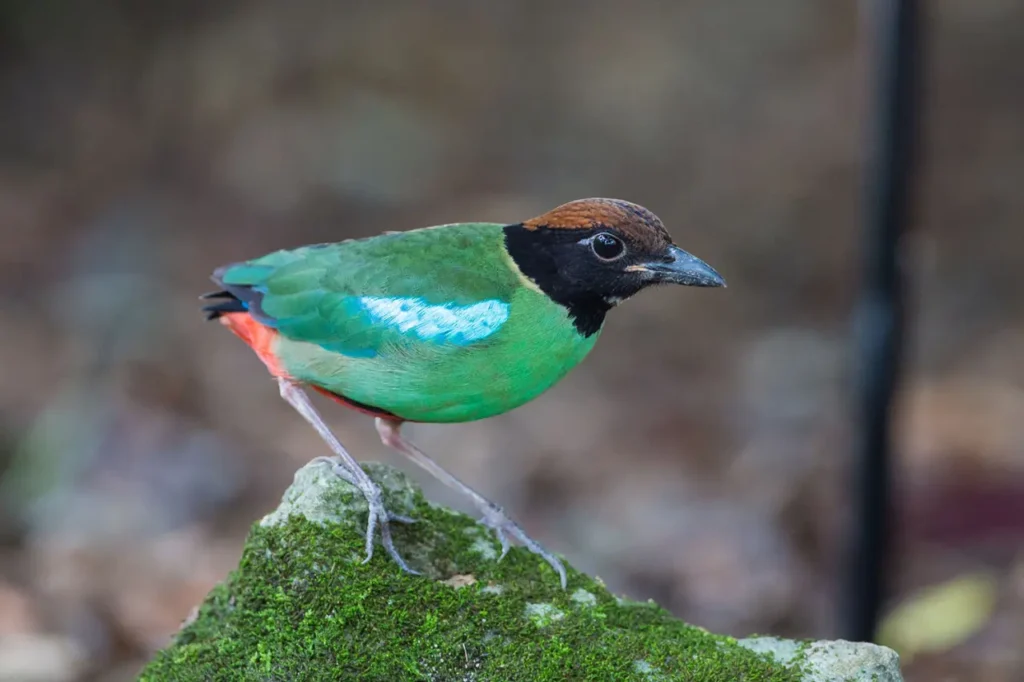
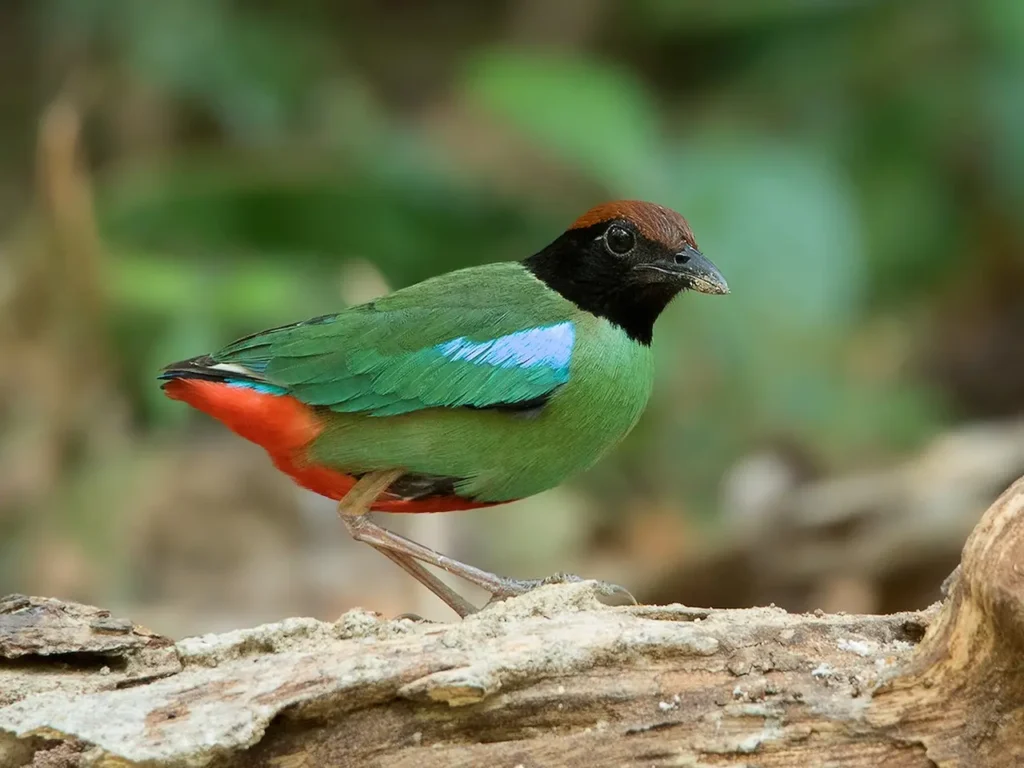

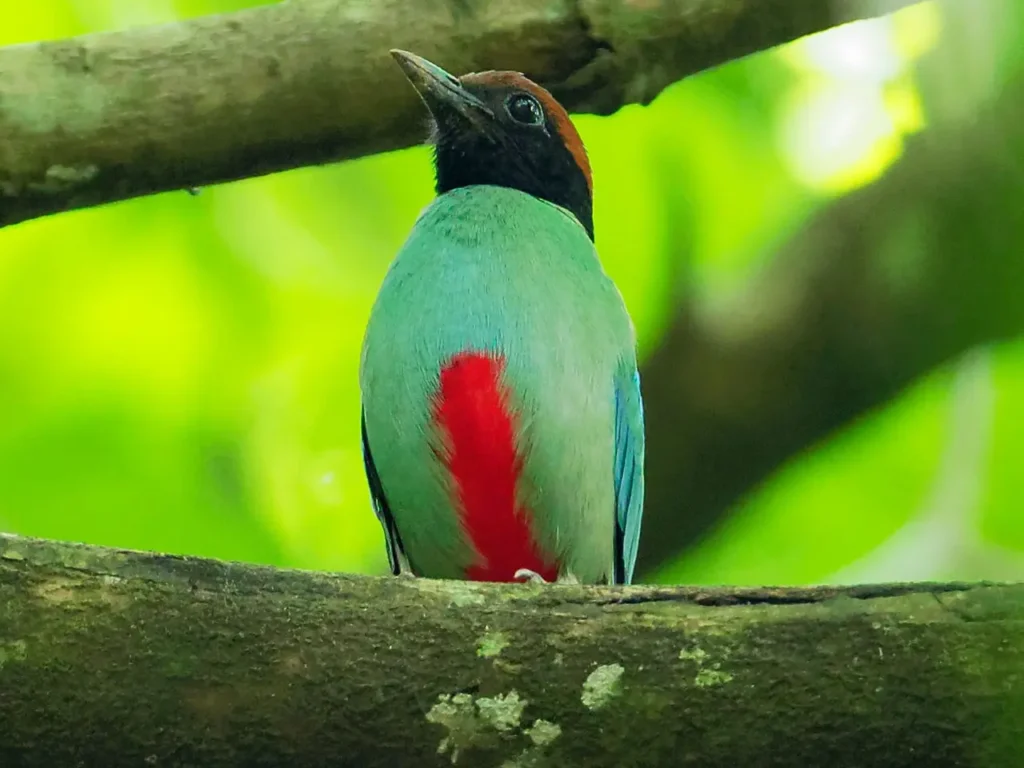
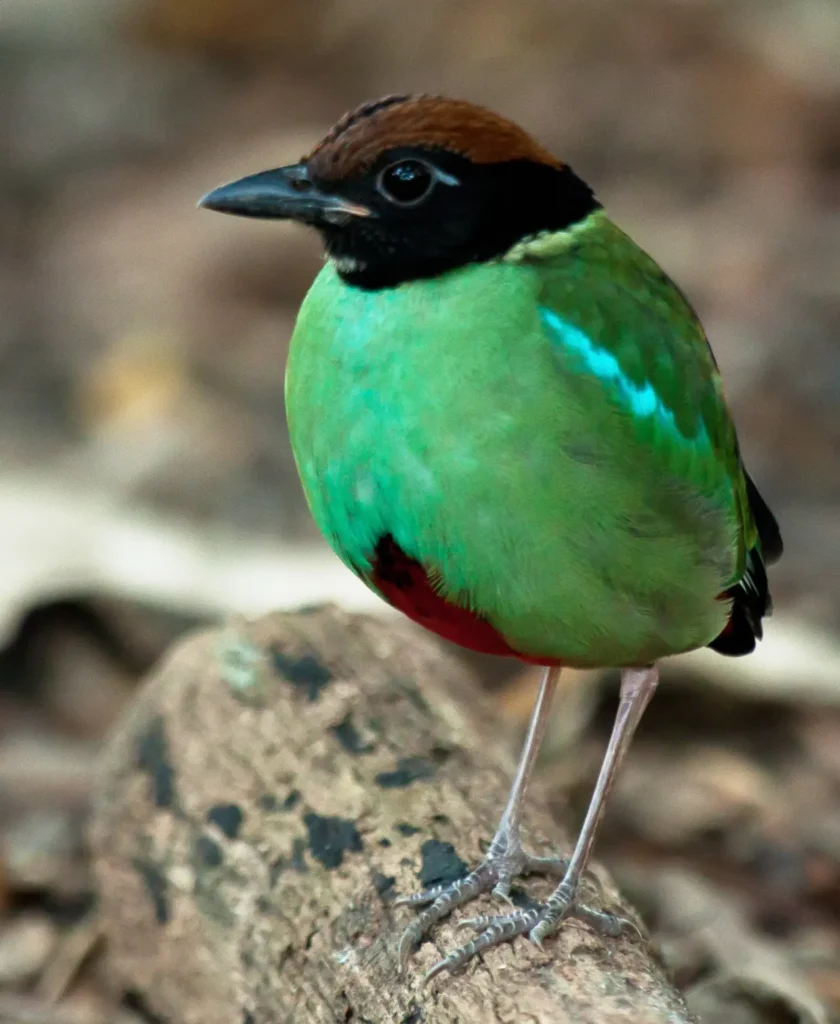


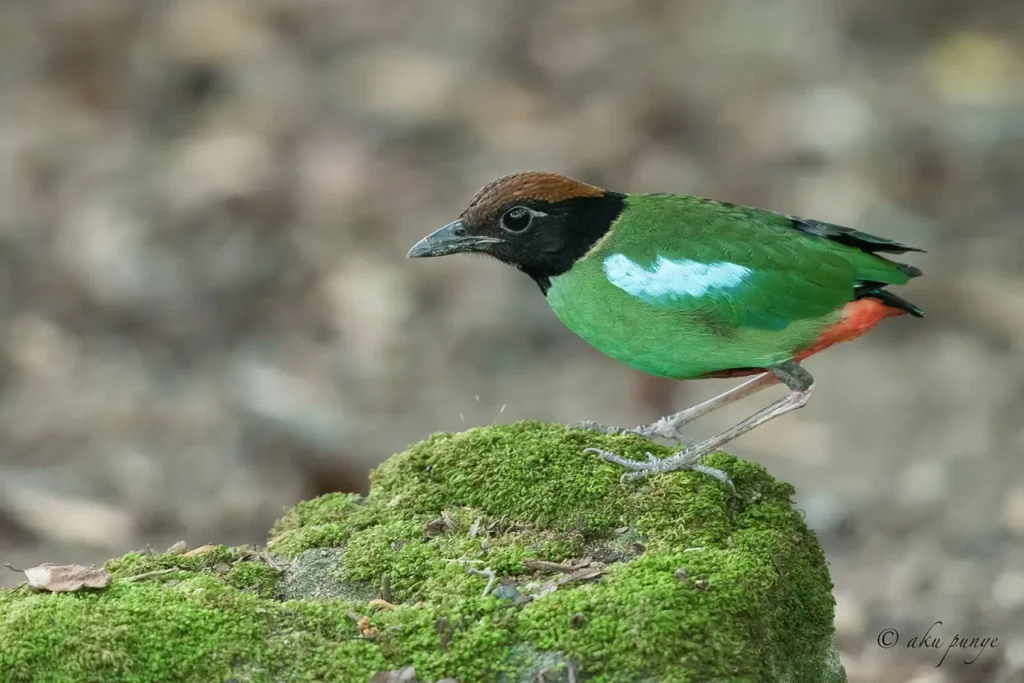
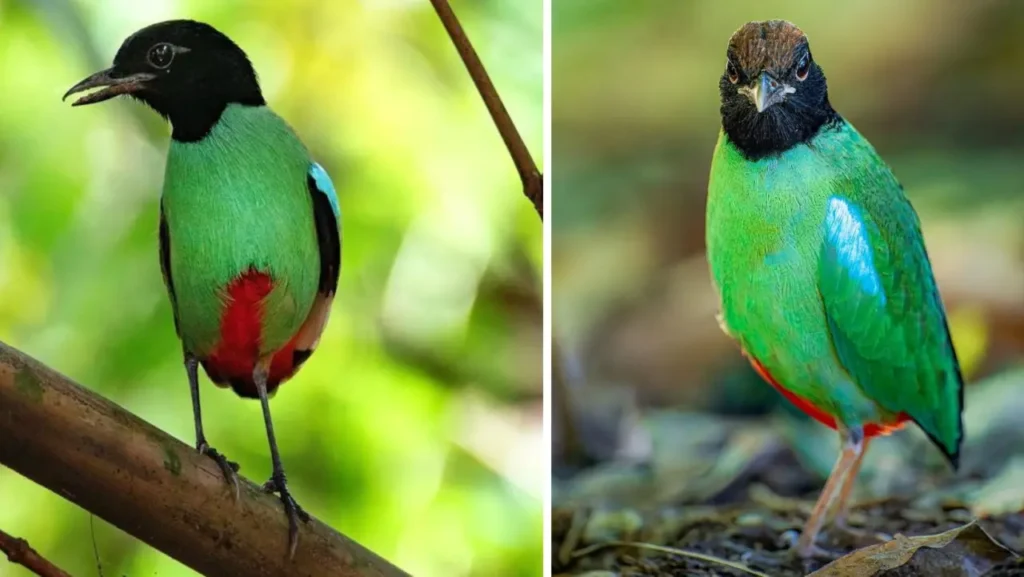
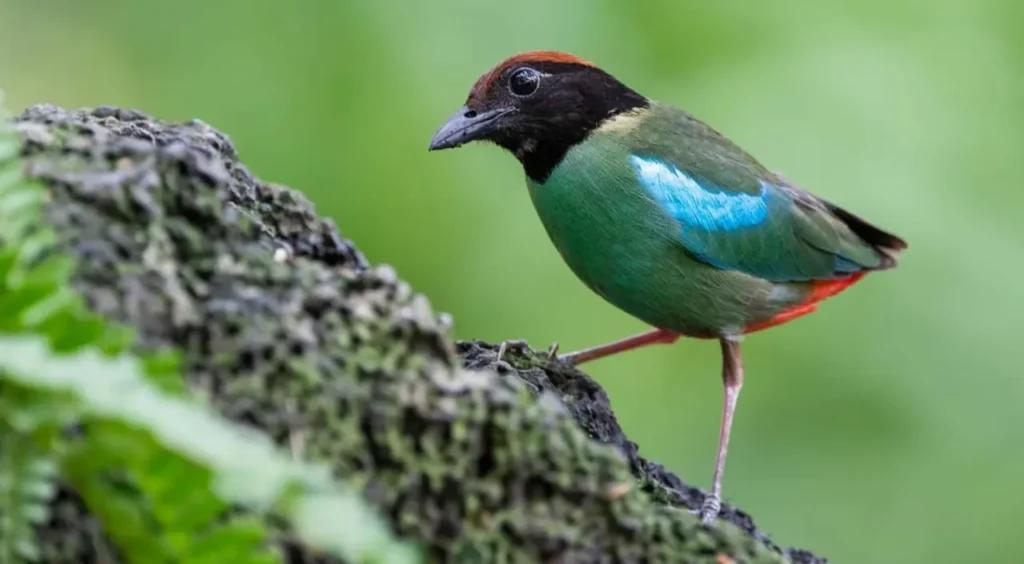
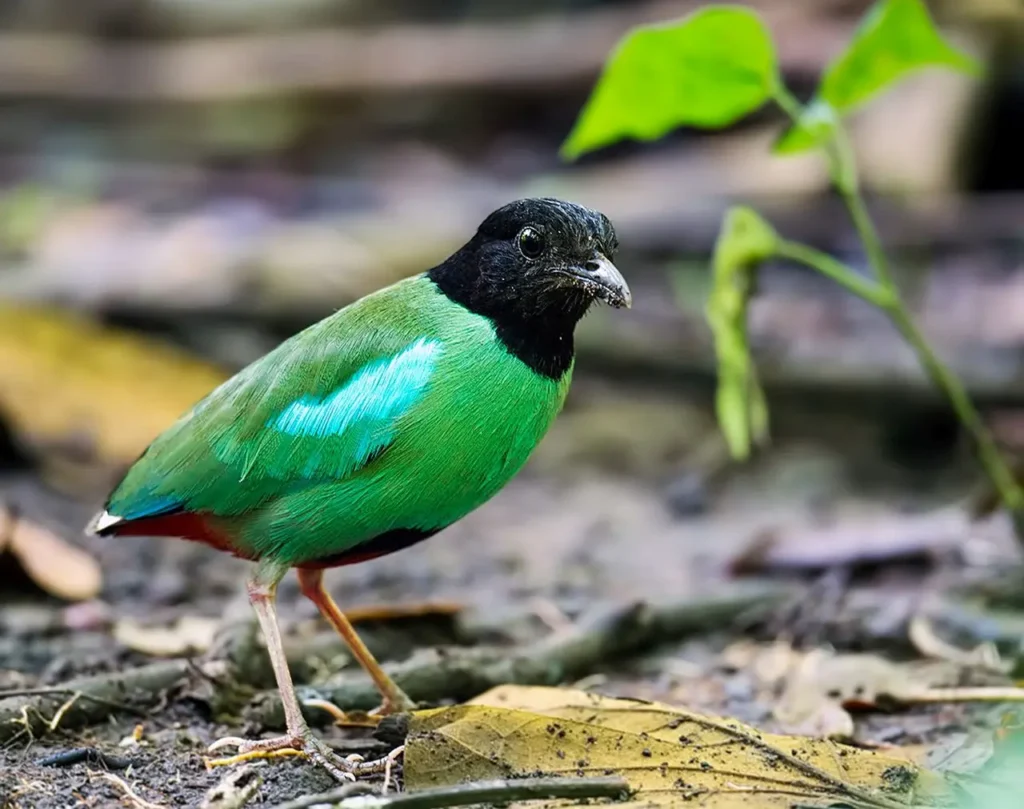
Appearance and Plumage
The Hooded Pitta is a medium-sized bird, approximately 18 centimeters (7 inches) in length. It boasts an eye-catching combination of colors, making it one of the most visually striking birds in the region. The bird’s head and upperparts are a rich and glossy greenish-black, giving it the appearance of wearing a dark hood, which inspired its name.
The underparts of the Hooded Pitta are adorned with vibrant hues of blue, teal, and orange. The breast and belly are a deep blue, transitioning to bright orange on the lower belly and undertail coverts. This dramatic color contrast creates a striking visual display that is nothing short of breathtaking.
Habitat and Distribution
The Hooded Pitta is found in the dense undergrowth of lowland tropical and subtropical rainforests, mangroves, and bamboo thickets across Southeast Asia. It is native to countries such as Indonesia, Malaysia, Thailand, Cambodia, Laos, and parts of Myanmar and Vietnam.
Due to its preference for dense and secluded habitats, observing the Hooded Pitta in the wild can be challenging, making encounters with this captivating bird all the more special.
Feeding Habits and Behavior
The Hooded Pitta is an omnivorous bird with a diverse diet. It primarily feeds on insects, such as beetles, caterpillars, ants, and termites, which it forages for on the forest floor and in the dense vegetation. Additionally, it supplements its diet with fruits and seeds, making it a versatile and opportunistic feeder.
The bird is known for its secretive and shy behavior, often remaining hidden among the foliage and undergrowth. When threatened or disturbed, it can quickly disappear from sight, relying on its cryptic plumage and evasive maneuvers.
Breeding and Nesting
During the breeding season, the Hooded Pitta engages in elaborate courtship displays to attract a mate. These displays involve the male bird puffing up its plumage, bobbing its head, and producing melodious calls to charm the female.
The nest of the Hooded Pitta is a well-hidden structure, typically placed in a depression on the ground or low in the dense vegetation. The female is responsible for constructing the nest using leaves, moss, and twigs.
Conservation and Protection
The Hooded Pitta is not considered globally threatened, but it faces challenges related to habitat loss and degradation due to deforestation and human activities. Conservation efforts focus on preserving its natural habitats, raising awareness about its importance in the ecosystem, and promoting responsible ecotourism practices to minimize disturbances to the birds.
A Jewel of the Rainforest
The Hooded Pitta, with its stunning colors and elusive behavior, stands as a true jewel of the tropical rainforests. Its striking appearance and melodious calls enchant those fortunate enough to witness its presence, while its role in maintaining the ecological balance of the forest makes it an integral part of its habitat.
As we continue to explore the wonders of the avian kingdom, the Hooded Pitta reminds us of the remarkable beauty and diversity found within the world’s rich and biodiverse rainforests. May this exquisite bird continue to grace the forests with its vibrant colors and melodious songs, a symbol of the precious treasures that nature holds within its depths.
